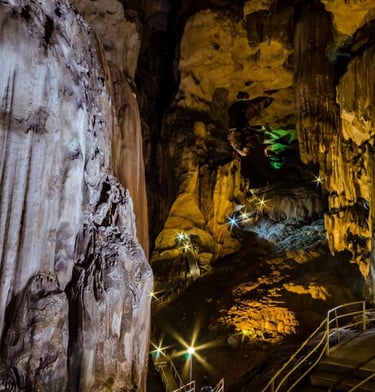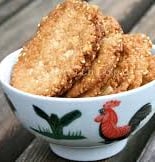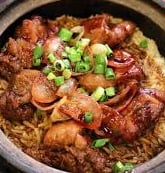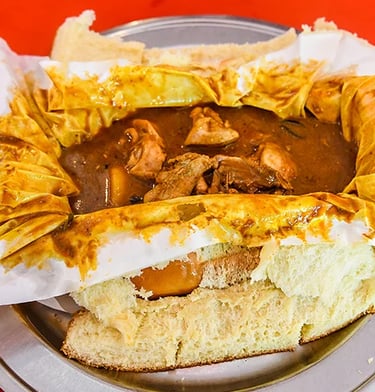Kampar
Kampar is a historic town in Perak, once thriving on tin mining, now known for its blend of heritage, nature and food. It’s surrounded by limestone hills, rivers and lush forested areas, making it great for both relaxation and adventure. The town has a cool, old-town vibe with preserved architecture, mural art and community spaces. University campuses add youthful energy, while local markets and street stalls keep culture alive. Kampar is a place where time flows slower, but there’s always something interesting around the corner.
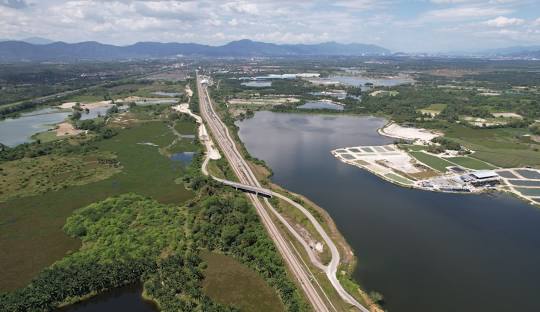

Attractions and Activities
Gua Tempurung: One of the largest limestone caves in Peninsular Malaysia; visitors can explore its domed caverns, walk through domes, try wet and dry cave trails, and observe unique rock formations.
Muzium Perlombongan Bijih Timah Kinta (Tin Mining Museum): Offers insight into the history of tin mining, including artifacts, old machinery and the socio-economic role the mining industry played in Kampar’s development.
Bandar Agacia / The Trails of Kampar: A picturesque area with pastel-coloured buildings used frequently for photography, community walks and small events; the architecture and lighting make it especially lovely in the late afternoon.
White Water Rafting & River Activities in Gopeng: For adventure seekers; river rafting, tubing, jungle treks and water-based excursions are offered near Kampar for an adrenaline break.
Local Heritage Walks and Art Murals: Walking around old Kampar town, checking out shophouses, mural art (like Ilham Seni), heritage clock towers and other community artworks.
Local Culture and Cuisine
Signature dishes: Claypot Chicken Rice, Fish Ball Noodles, Kai Zai Paeng (chicken biscuits), Apam Balik, Chee Cheong Fun are some famous Kampar eats.
Curry Chicken Bread (“Roti Kari Ayam”): A local favourite where soft golden-brown bread is served with spicy, slightly salty chicken curry; a must-try comfort food in Kampar.
Street food & markets: Local markets and food courts like Medan Selera Econsave, and roadside stalls serving noodles, snacks, desserts are active, especially in the evenings.
Heritage & community influence: The presence of Hakka culture, universities, mining-era heritage and preserved old buildings influence what people cook, eat, and how they socialise — bringing a fusion of Chinese, Malay, and Indian flavours
